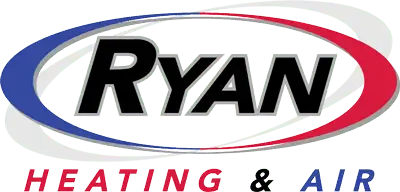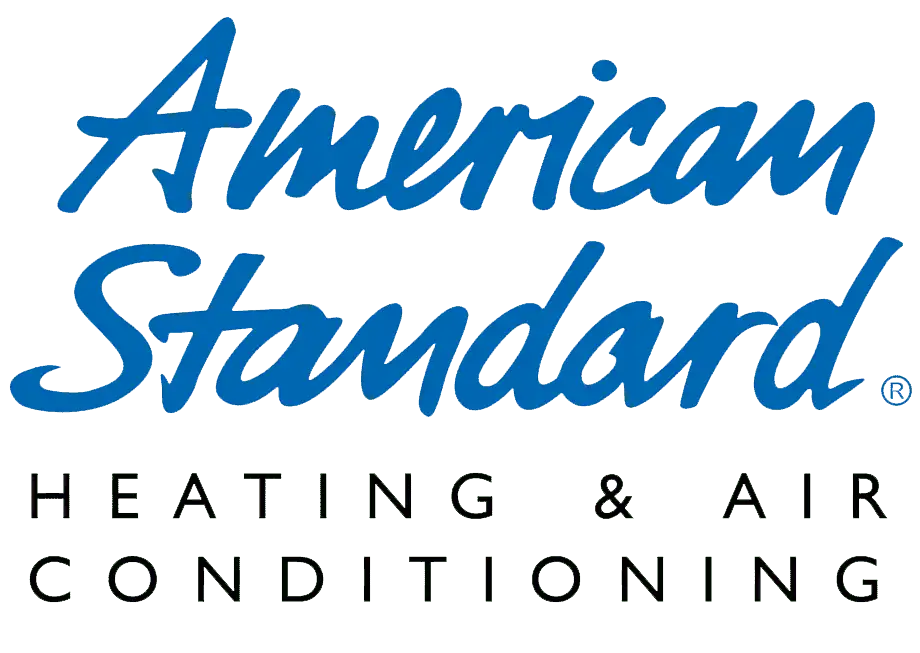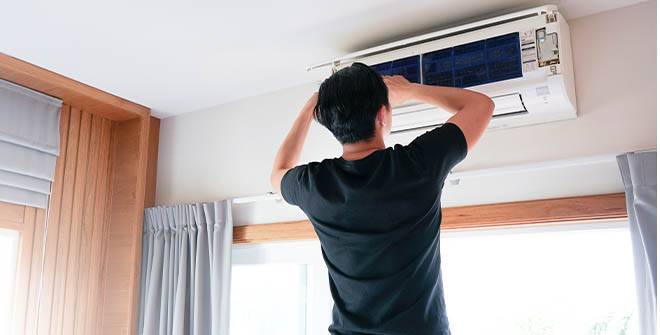
Is your AC acting up during the Chattanooga heat? A clogged drain line might be the culprit! Let’s dive into why this happens and how you can fix and prevent it to keep your space cool and comfortable all summer long. 🌞🛠️
Understanding Clogged AC Drain Lines
A clogged AC drain line is a common issue for many homeowners in Chattanooga, TN, especially during the humid summer months. But why does this happen, and what can you do about it? Here’s everything you need to know to keep your AC running smoothly.
Why Do AC Drain Lines Clog?
Clogged AC drain lines are a frequent issue, especially in climates like Chattanooga, TN, where humidity and regular AC use are part of daily life. Understanding why these clogs occur can help you prevent them in the future and ensure your system operates efficiently. Here’s a closer look at the common reasons behind clogged AC drain lines:
1. Dirt and Debris
Accumulation in the Drain Line:
Over time, air that flows through your HVAC system can carry along dirt, dust, and other small particles. While air filters catch most of this debris, some can still make its way into the condensate drain. As these particles build up, they can form a blockage, preventing water from draining properly and potentially causing water to back up and leak.
Impact on System Efficiency:
Aside from causing clogs, accumulated debris can also affect the efficiency of your AC system. The blockage can lead to poor humidity control and air circulation, stressing your system and potentially leading to higher energy costs and reduced comfort levels.
2. Algae and Mold
Ideal Conditions for Growth:
The drain line of your AC system is a prime environment for algae and mold because it is often damp and sometimes contains organic material that these organisms feed on. When the AC runs, it pulls humid air into the system, and the cooling process condenses moisture out of the air, which can then mix with any dust or dirt in the drain pan and form a sludge.
Effects of Algae and Mold Buildup:
This buildup can create a thick, sometimes slimy blockage in the drain line. Algae and mold can not only clog the line but also release spores into the air, potentially affecting indoor air qualityhttps://ryanheatingair.com/how-to-achieve-a-healthy-indoor-air-for-your-space/ and causing health issues for those with allergies or respiratory problems.
3. Rust and Scale Buildup
Source of Buildup:
In older systems, the metal parts of the evaporator coils can begin to corrode or rust, and minerals in the water can form scale deposits. These particles can flake off into the condensate and be carried into the drain line.
Consequences of Rust and Scale:
Rust and scale are more abrasive than dust or algae and can adhere to the sides of the drain line, gradually narrowing its diameter and reducing water flow. This not only leads to clogs but can also cause corrosion of the drain line itself, potentially leading to leaks and other system failures.
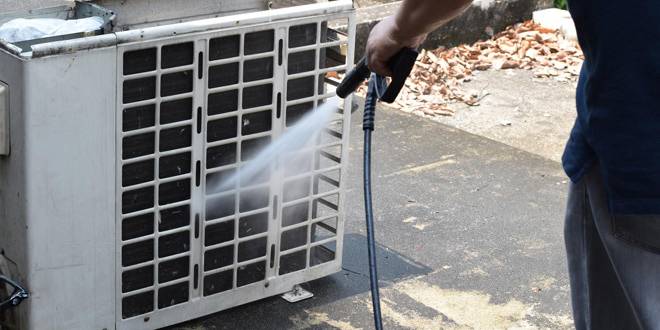
Signs of a Clogged AC Drain Line
Recognizing the early signs of a clogged AC drain line can prevent more significant issues, such as water damage to your home or a complete system shutdown. Here’s a detailed look at the key indicators that your AC drain line might be clogged:
1. Water Leaks
Symptom:
The most immediate and noticeable sign of a clogged AC drain line is water leaking from the indoor unit. This usually happens when the drain pan inside the unit fills up due to the water not being able to drain properly through the clogged line.
Impact:
Water leaking from your AC can lead to several problems, including damage to your floors, walls, and furniture. Over time, persistent moisture can also encourage the growth of mold within your home, posing health risks and potentially leading to expensive mold remediation processes.
2. Musty Odors
Symptom:
If water in the drain pan or line begins to stagnate due to a clog, it can lead to musty or moldy smells emanating from the AC unit. This odor is caused by the growth of mold or mildew in standing water that isn’t draining properly.
Impact:
Musty odors not only make your living space unpleasant but can also indicate that mold spores might be circulating through your home’s air. This can affect indoor air quality and may cause respiratory issues, particularly for those with allergies or asthma.
3. Visible Overflow
Symptom:
In some cases, you might notice water pooling around the indoor unit of your AC. This typically occurs when the drain pan within the unit overflows due to a blockage in the drain line, preventing water from flowing out as it should.
Impact:
Visible overflow is an urgent sign that the drain line is clogged. Like water leaks, this overflow can damage your property and provide a breeding ground for mold and mildew. Additionally, if water infiltrates electrical components of the AC unit, it could lead to more severe mechanical issues or even pose a risk of electrical fires.
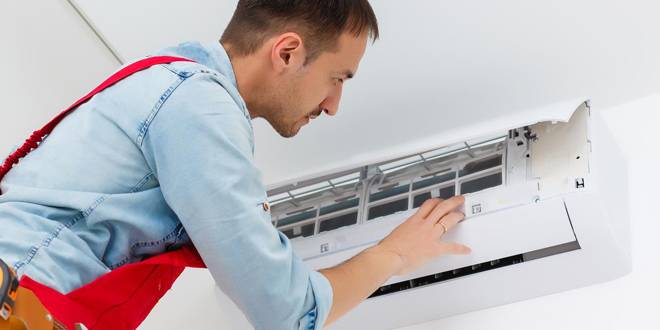
How to Fix a Clogged AC Drain Line
Clearing a clogged AC drain line can be a manageable DIY project if you act quickly and follow these steps methodically. Here’s a comprehensive guide to help you unclog and maintain your air conditioner’s drain line:
Step 1: Locate the Drain Line
Finding the Drain Line:
The AC drain line is typically a PVC pipe located near your HVAC system’s outdoor unit. It usually has a cap on it that allows access for cleaning. This pipe is where the condensation from the air handler is expelled.
Safety First:
Before you begin any work, make sure your HVAC system is turned off to avoid any accidental electrical issues or injuries.
Step 2: Inspect and Clear the Blockage
Tools You’ll Need:
Prepare a small plumber’s snake or a stiff wire to help clear the blockage. These tools are effective at removing clogs formed by dirt, debris, or sludge buildup within the pipe.
Procedure:
- Remove the cap from the drain line.
- Carefully insert the plumber’s snake or wire into the pipe.
- Gently push the tool through the clog until you feel resistance.
- Wiggle and rotate the tool to help break apart the blockage.
- Pull the tool out slowly and remove any debris that comes with it.
Visual Inspection:
After clearing the blockage, inspect the drain line using a flashlight to ensure it is clear. If you see further obstructions, repeat the process.
Step 3: Flush the Line
Flushing Solution:
Prepare a mixture of water and vinegar (a 50/50 mix is typically effective) to flush the drain line. This solution helps dissolve any remaining buildup and has natural disinfecting properties to prevent the growth of mold and algae.
Flushing the Line:
- Pour the vinegar and water solution into the drain line.
- Allow the solution to work through the pipe for at least 30 minutes.
- Flush the line with clean water to ensure all debris and cleaning solutions are washed away.
Step 4: Check the Drain Pan
Assessing the Pan:
Check the drain pan located inside the indoor air handler. This pan can also be a site for water buildup and potential overflow if the drain line gets clogged.
Cleaning the Pan:
- Remove any standing water from the pan with a sponge or towel.
- Clean the pan thoroughly with soap and water to remove any residue or mold growth.
- Inspect the pan for any signs of damage or corrosion and address as needed.
Professional Cleaning
When to Call a Professional:
If you’ve performed the steps above and the AC condensate drain line is still not clearing, or if you’re uncomfortable performing these tasks yourself, it’s wise to call in a professional. HVAC technicians can perform a more thorough cleaning and may use specialized tools like high-pressure hoses or advanced chemicals that are more effective at clearing stubborn clogs.
Advantages of Professional Help:
A professional can also inspect other components of your air conditioning unit and HVAC system to ensure there are no underlying issues that could cause future clogs. They can provide a comprehensive maintenance check that not only clears your current problem but also prevents future issues.
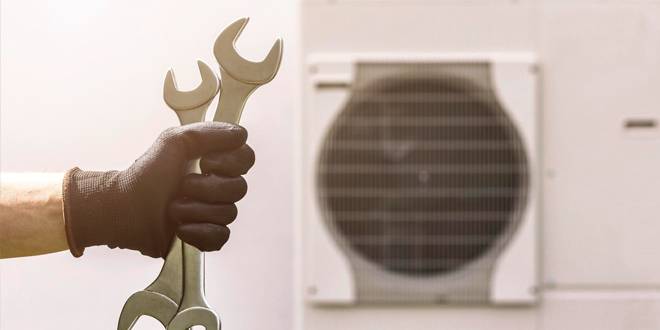
Preventing Future Clogs
Prevention is key when it comes to AC maintenance. Here are some tips to prevent your AC drain line from clogging:
1. Regular Maintenance:
- Schedule regular maintenance checks with a professional HVAC technician. They can spot early signs of a clog and clear the system before it becomes a problem.
2. Install a Condensate Drain Pump:
- If your system doesn’t already have one, installing a condensate drain pump can help by actively pumping the water out, reducing the chance of stagnation and clogs.
3. Treat the Drain Line:
- Periodically treat the drain line with a solution of bleach and water (one cup of bleach mixed with a gallon of water) to keep it clear from algae and mildew growth.
4. Change Your Filters Regularly:
- By keeping your air filters clean, you reduce the amount of debris that can enter the system and potentially clog the drain line.
Conclusion: Stay Cool and Dry This Summer ☀️
By understanding the causes of clogged AC drain lines and taking proactive steps to prevent them, you can ensure your air conditioning system remains efficient and effective throughout the hot Chattanooga summer.
Keep Your Cool with Ryan Heating & Air
Don’t let a clogged condensate drain line disrupt your comfort. Contact Ryan Heating & Air for professional maintenance and repair services. Our expert technicians are here to help you enjoy a cool, hassle-free summer. Call us today and experience the difference professional care can make in your home or business!
